
In a dream, all thought across all thinkers is continuous and commensurable with that of the dreamer. Deception is therefore impossible in dreams.
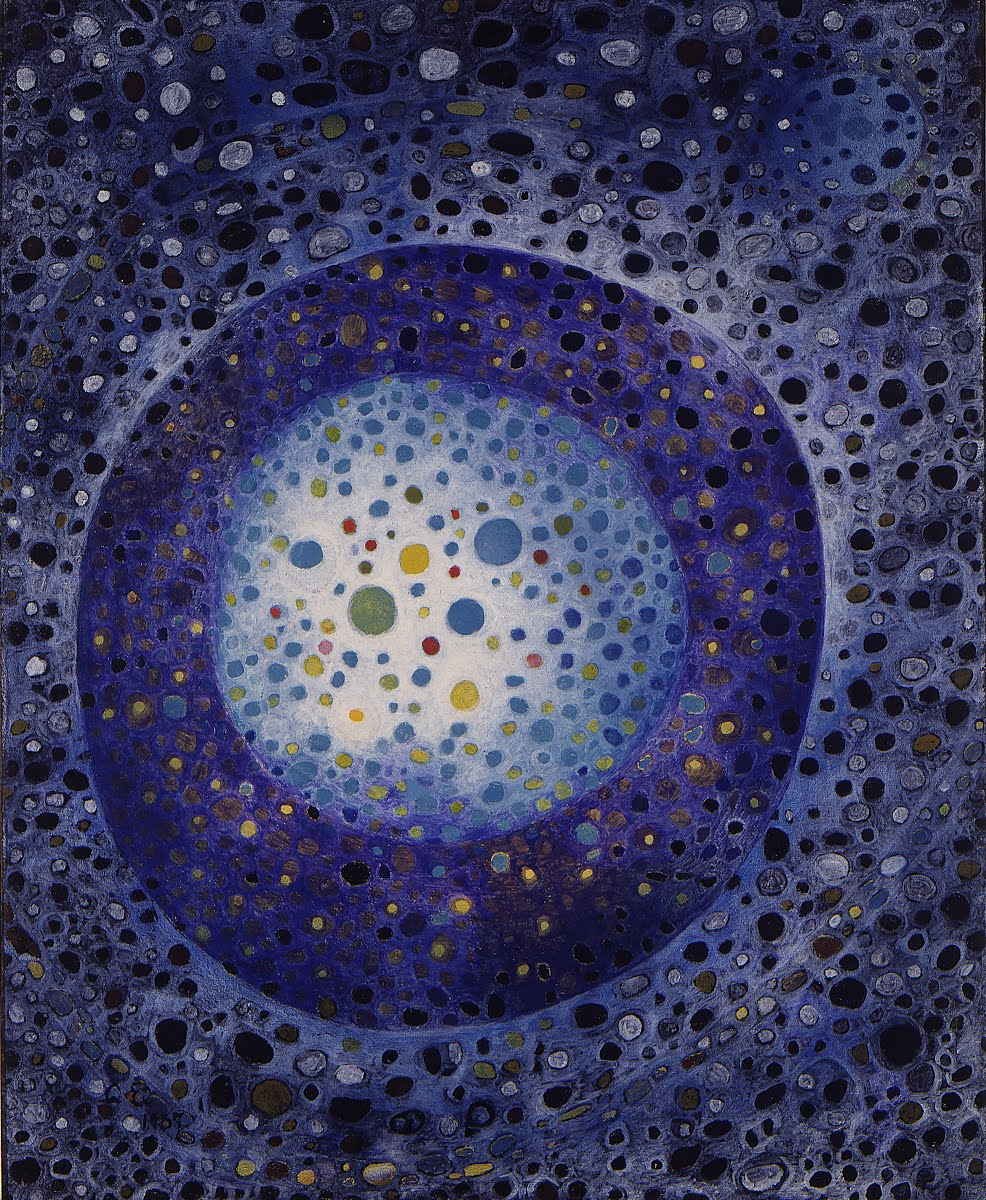
In the late 1950s, an Austrian philosopher gave a lecture which attempted to disprove the existence of physical self organising systems in nature by reductio ad absurdum. The structure of his argument can be used to disprove the existence of the self in general, if one so chooses. The syntax works regardless of the nature of the nouns.
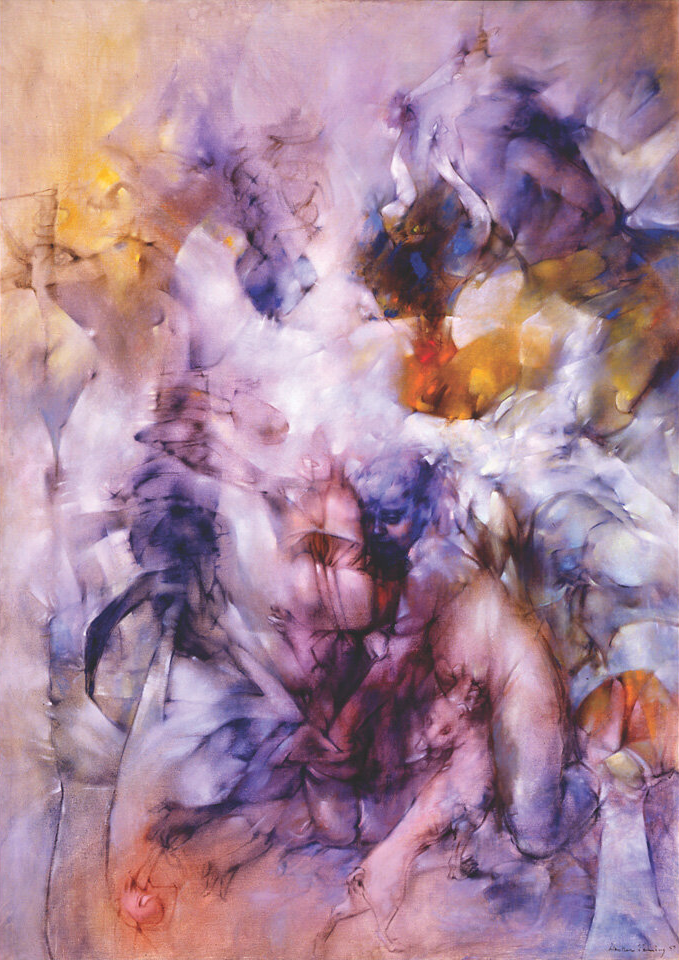
It was the first great triumph of language that it allowed our ancestors to begin folding things in their minds.

A sculptor working in marble shaves away unwanted material, leaving behind a solidity that expresses itself. Silence can be defined negatively by noting where sound isn’t, but silence can also be arrived at by taking the vast, Godlike set of all possibly imaginable or computable concepts and then shaving away from that set the relatively small set of things that can be directly observed by our senses. Silence is what is left when we subtract the sensible from God. Heraclitus points out that sound depends on the passing of time, but silence is independent from time and so can exist without it in a motionless state. Since existence without motion is impossible, silence therefore does not exist.
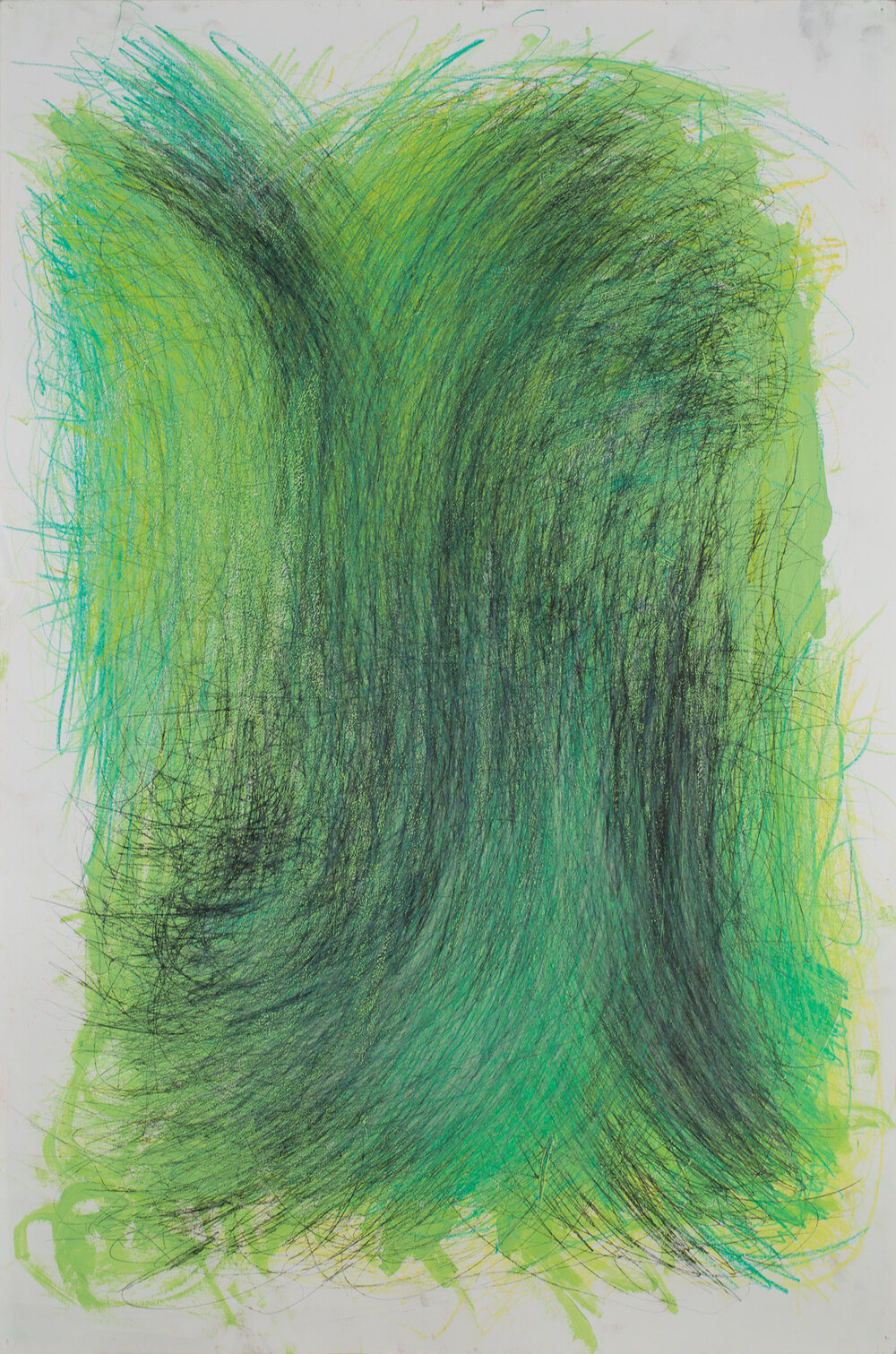
A state of maximum entropy means the final resting position of all energy, which means the most perfect disorder is a perfectly still equilibrium. As a physical description, this is either wrong or grammatically incapable of bearing a truth value. This contradiction is the result of the compression artefacts that occur when translating between near-synonyms.

A friend told me he was impressed by how I am always able to communicate why I like something in art. I think the reason he is impressed is that he thinks I’m doing something that I’m not, and which would anyway be impossible: directly establishing causal links between the objective qualities of the piece in question and the subjective impressions that I have of them. The reason I love something is not information that is accessible to me. Love is like attention, it is something that the brain does, but does not know. When we attempt to trace the causality of mental signals, we are actually just inventing a causality that might be plausible to an outsider. We construct that outsider as another self in order to tell him what he is thinking. What we tell him can never even resemble the true account of his reasoning precisely because whatever it is we tell him is something that can be told.

I find, when I reflect after waking, that my dreams are completely silent. Communication happens instantly: what is said is thought without saying and what is heard is understood without hearing. Sound is the radiation given off by materiality, and my dreams happen in a perfect vacuum.
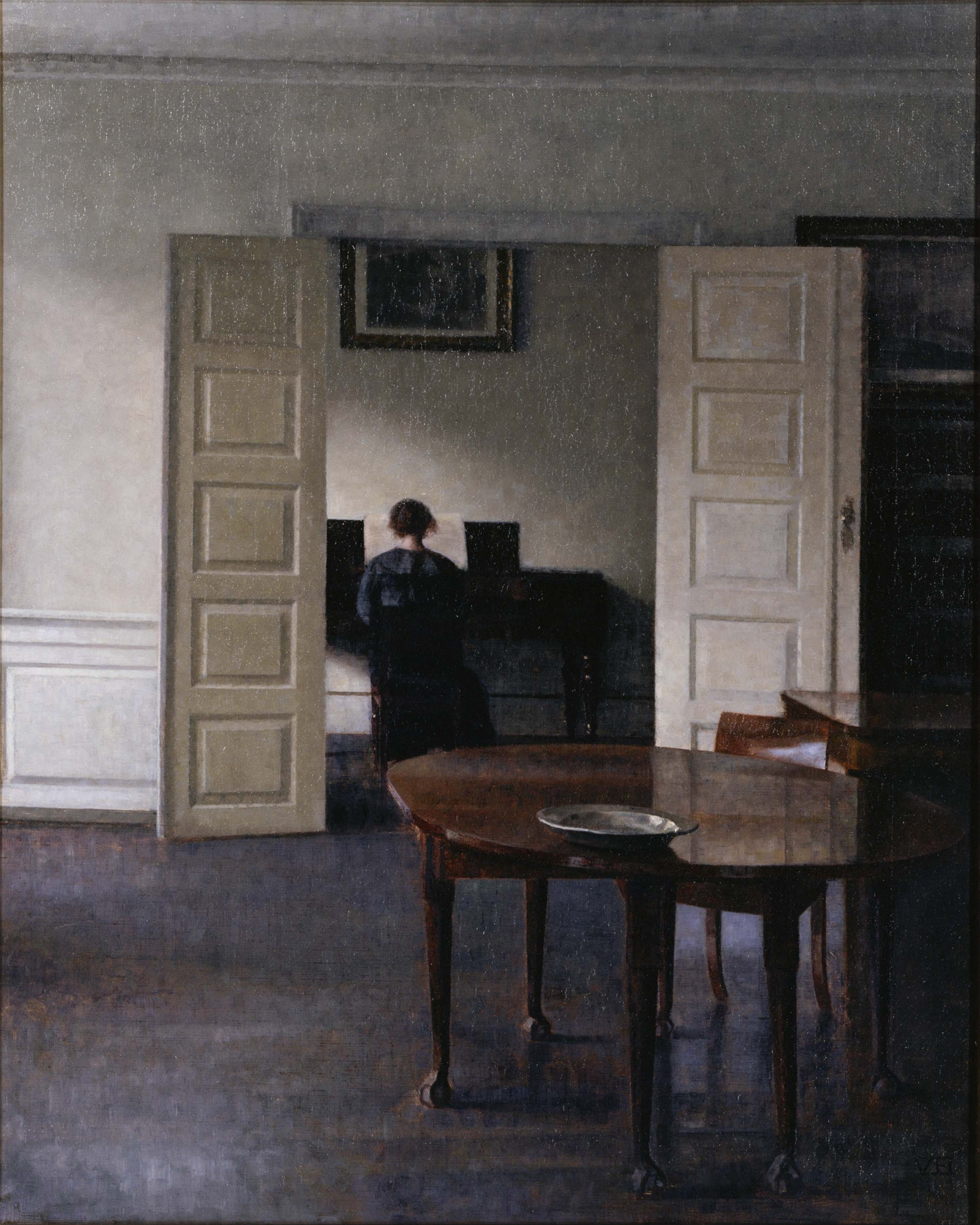
Imagine a lattice, void interlocking with matter. A planet with tunnels running through it. Now subtract the planet, leaving only tunnels. What you are left with is not void, but a different type of void/matter lattice where the spatial void that veins the matter is instead a temporal void in between the matter as it was a moment ago and the matter as it is now. We can imagine void on its own though, using a special technique. Imagine the lattice, now imagine that it is spaghettified and tied in a knot. Now subtract the matter from the lattice, taking care to maintain the knotted structure. The void, which is normally parasitic on matter, now exists in itself, supported by its structure. Since structure is another sort of meta-construction which exists on a different ontological layer to matter, the knotted void can be considered in its unity.

Willem de Kooning said that great art does not influence him, he influences it. The only artists that have ever been are those who have been totally forgotten, but if their work is ever discovered we can unmake them again.
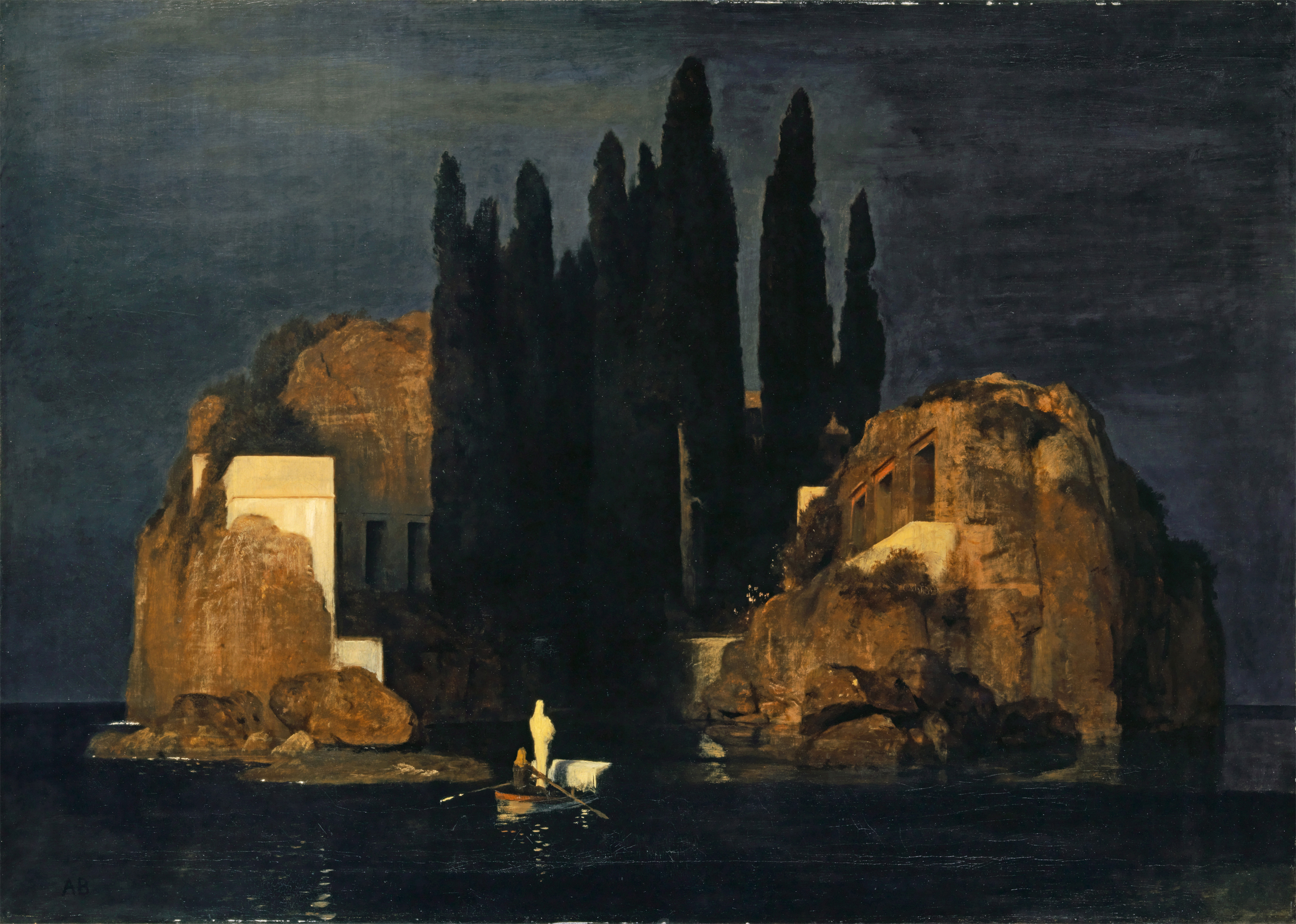
Structure exists in nature, but nature does not parse this structure itself, since it exists in its totality everywhere and everywhen at once. Language is the creative destruction of this monism.
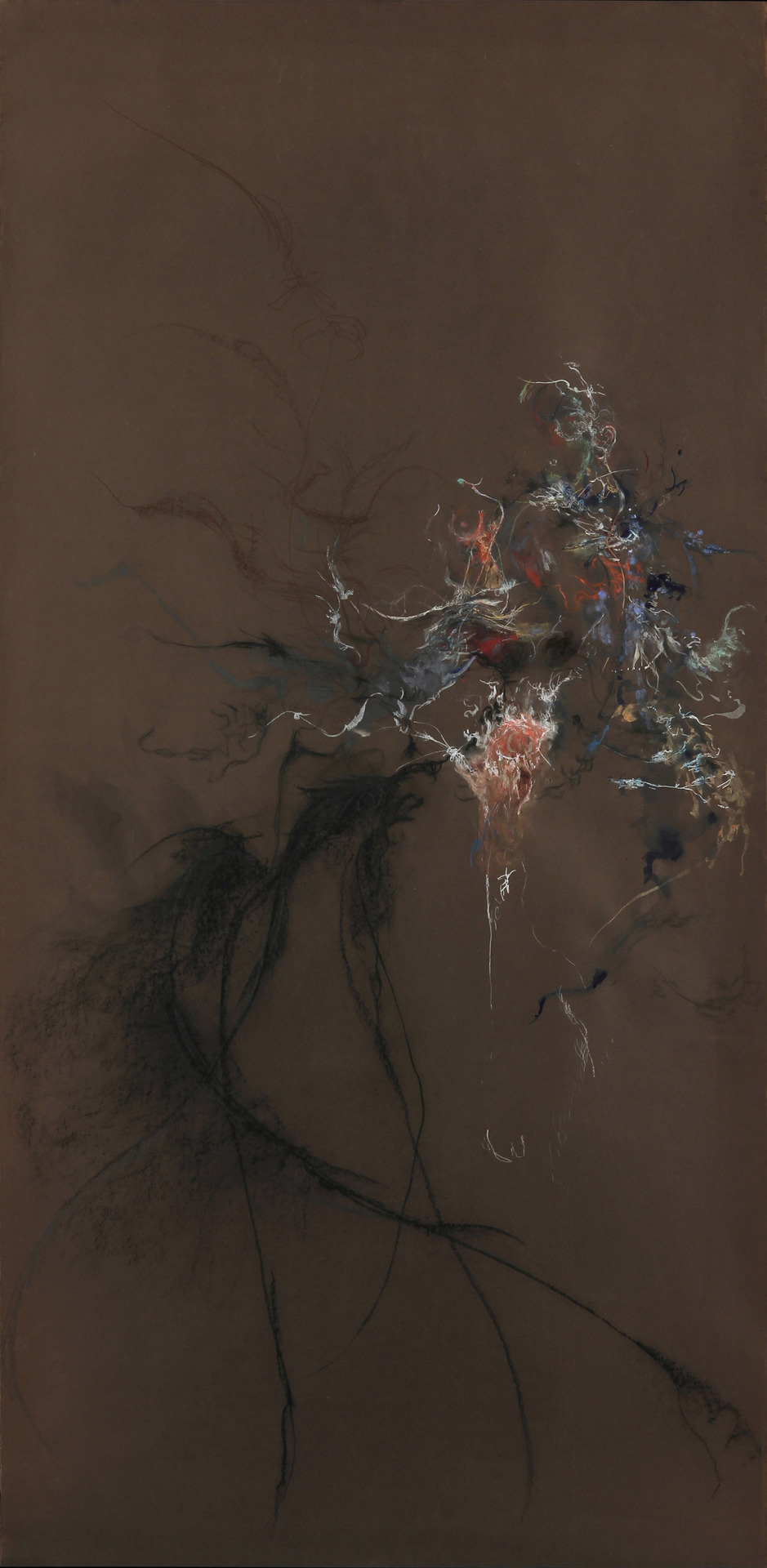
I had a dream in which I told her that one cannot imagine a four sided triangle. She said: “That’s not true. I’m doing it right now”, and then she closed her eyes, furrowed her brow, and stuck out the tip of her tongue. I loved her then.
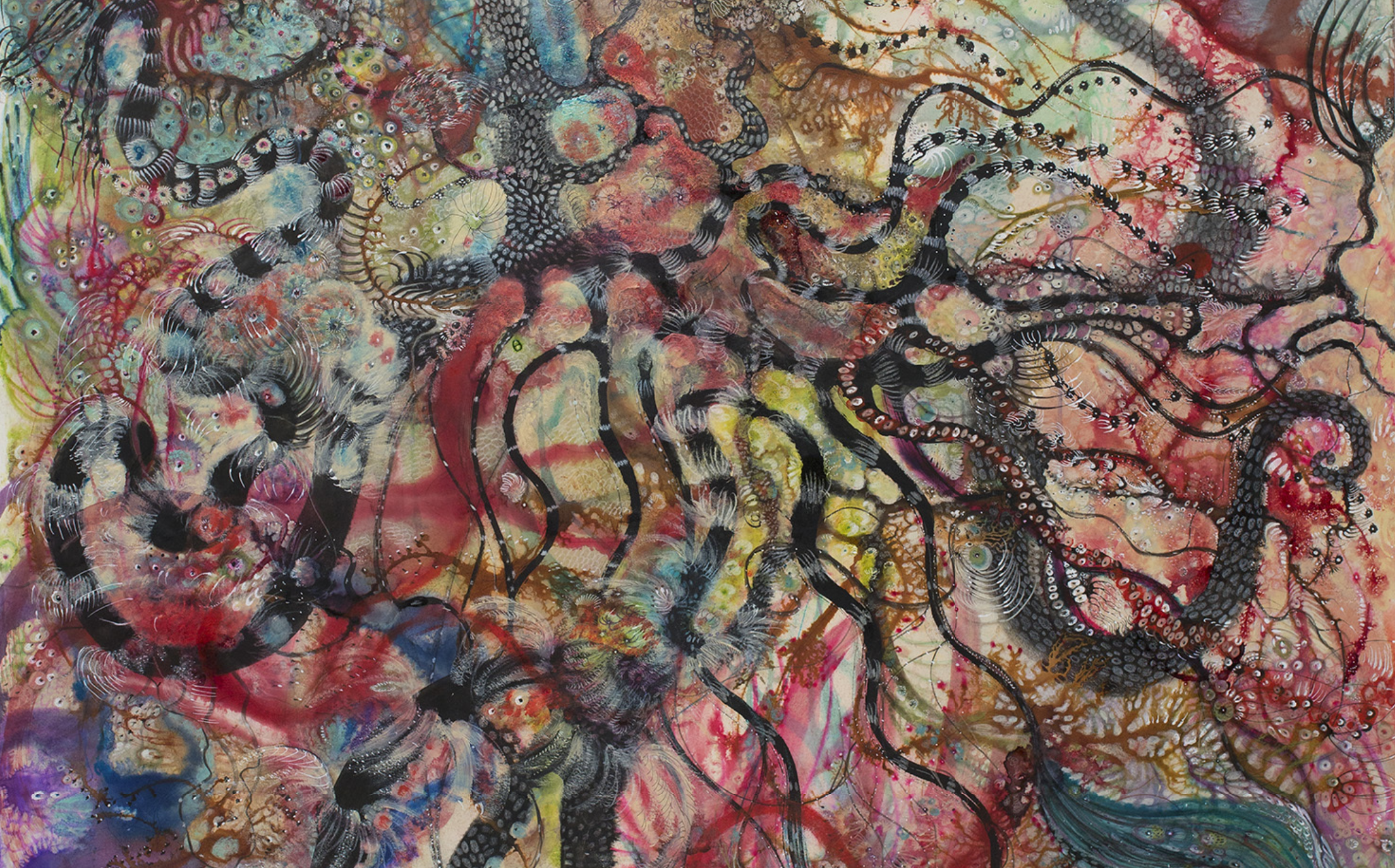
Three Trains of Thought From the Barbican, 7th of October
Indeterminacy - Ninety New Texts
A Secret Church Music and the Silence of John Cage